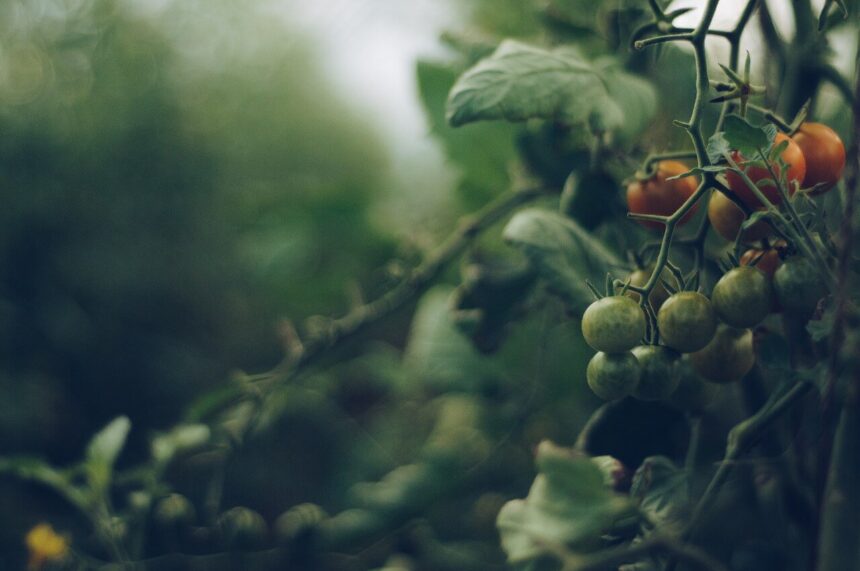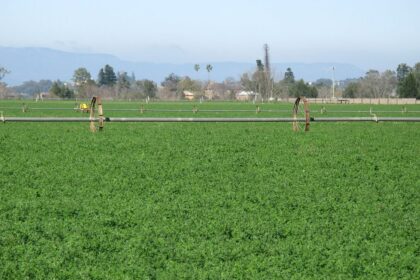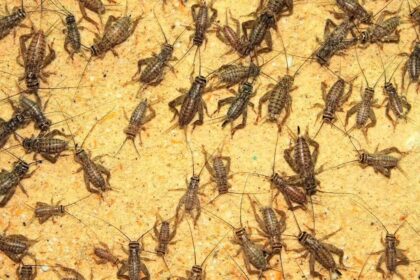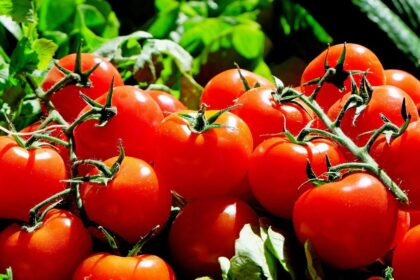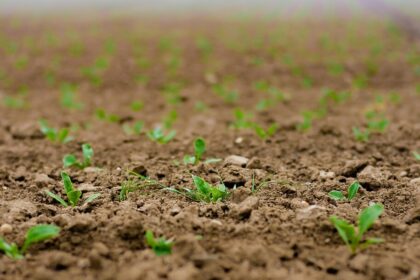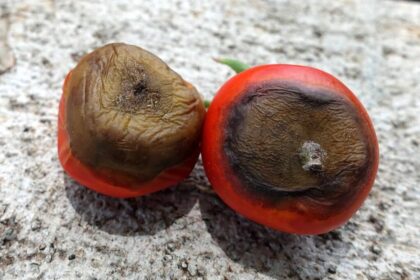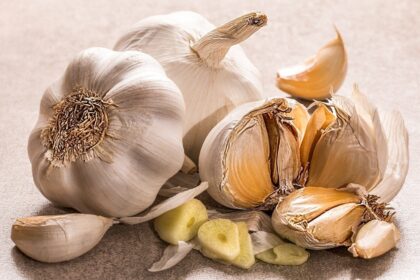What is the best soil for tomatoes? I have just started my blog, and emails overflow my inbox. One particular email that caught my attention is the question above.
Okay, it is not worth talking about the fact that growth and strength, among other necessities, depend entirely on the soil quality of plants.
However, how to prepare the best ground for cultivation is always open. For example, the land for tomato farming will differ from the earth needed for growing cabbage.
Alright, what is the difference, then?
What Is The Best Soil for Tomatoes?
First of all, it is a fact that tomatoes do love plenty of phosphorous, as phosphorous is essential for tomato production.
The lack of this crucial mineral will lead to a widespread color change in vegetables. They become faded or bluish.
Of course, you can appeal that plants take much less phosphorus from the soil than other minerals.
But the lack of phosphorus will make the future crop inferior. Also, the ground must contain sufficient amounts of potassium and nitrogen for growing tomatoes.
Inadequate quantities introduced into the soil potash, nitrogen, and phosphate fertilizers are the key to successful cultivation and an abundant harvest of tomatoes.
Which soil is, therefore, suitable for tomatoes?
In addition to the mineral composition, tomatoes love light, loose, well-moistened soil. They grow well in places that have a low level of groundwater.
If the soil retains moisture, the land is waterlogged; the water stagnates, so planting tomatoes in such a place is not recommended.
What about the Soil PH?
The soil acidity for cultivating these vegetables should be slightly acidic. Thus, a pH of 6- 6.5 is needed.
If the soil is too acidic, it is necessary to lime before planting tomatoes. Also, tomatoes love warmth; everyone knows this, so grow them in greenhouses if the weather conditions are unfavorable.
How can I know the PH of the best Soil for Tomatoes?
Before calculating your soil PH, you need to know your soil type. To do this, you can try a simple test to determine the kind of dirt on your farm.
There are six significant types of soil, which are:
- Clay soil – It’s heavy and retains water during wet seasons.
- Loam soil – A mixture of clay, sand, and silt soil
- Sandy soil – Its dry, light, and has no to zero nutrients
- Peat – Soil rich in organic nutrients
- Chalky – Contains a high volume of lime or Calcium carbonate.
- And lastly, Silt is made up of light granules and is soft and fertile.
To determine the best soil for tomatoes that you have on your land, proceed as follows;
- Collect small soil samples from different locations on your farm and leave them to dry on paper. Remember to remove all the dirt, such as small twigs and stones.
- When the soil is dry, grind it using a motor and place one inch of the mixture into a clear glass jar.
- Add a pinch of salt and two-thirds of water into the jar, shake well, and leave the mixture to settle for a few hours.
Results
Check your jar; if you have a quarter of an inch of sand, it’s 25% sandy soil. If the next layer is half an inch of silt, it’s 50% silty soil. The remaining 25% should probably be clay soil.
Performing the PH Test
Materials needed;
- Soil samples
- Baking Soda
- Distilled water/rainwater
- Vinegar
- 500ml containers
Procedure
- Collect different samples of soil across your piece of land.
- Add this mixture to a bowl and stir.
- I spilled the mixture into two and added two spoonfuls into two containers.
- Add a cupful of vinegar to one of the soil sample containers.
- If there’s fizzing, the mixture’s soil is probably alkaline and has a PH of 7 and 8.
- If nothing happens, turn your attention to the second container.
- Add half a cup of Baking soda and enough distilled water to the second container.
- If the soil fizzes, you’ve got acidic soil with a PH level between 5 and 6.
- If at all there’s no reaction to both tests, then you have a neutral soil of PH 7
Now that you know your soil PH, what is next? At this point, you can try balancing the soil to the PH level that you need.
If the soil sample has a high PH, Alkaline, add sulfur to your soil to lower the level of alkalinity or, in other words, raise the acidity level.
However, it’s got too much acid; add lime, which you can purchase from any agro vet.
That is all for today about the best tomato soil; kindly leave them in the comments section below if you have any questions.
Lastly, if you found this post insightful, why can’t you share it with your friends on social media?





